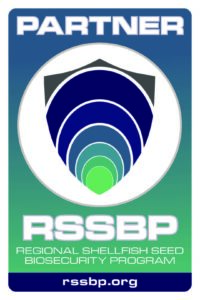





RSSBP is a voluntary tool in the toolbox of regulators. Regulators on the Atlantic coast of the U.S. are actively using RSSBP as part of their evaluation of shellfish importation/transfer requests. State adoption of RSSBP is growing and concerted efforts are underway to communicate the utility of this tool.
Coming soon! Free, online modules providing details on the RSSBP’s hatchery compliance program, endemic diseases on the Atlantic Coast of the US, and shellfish hatchery biosecurity protocols.